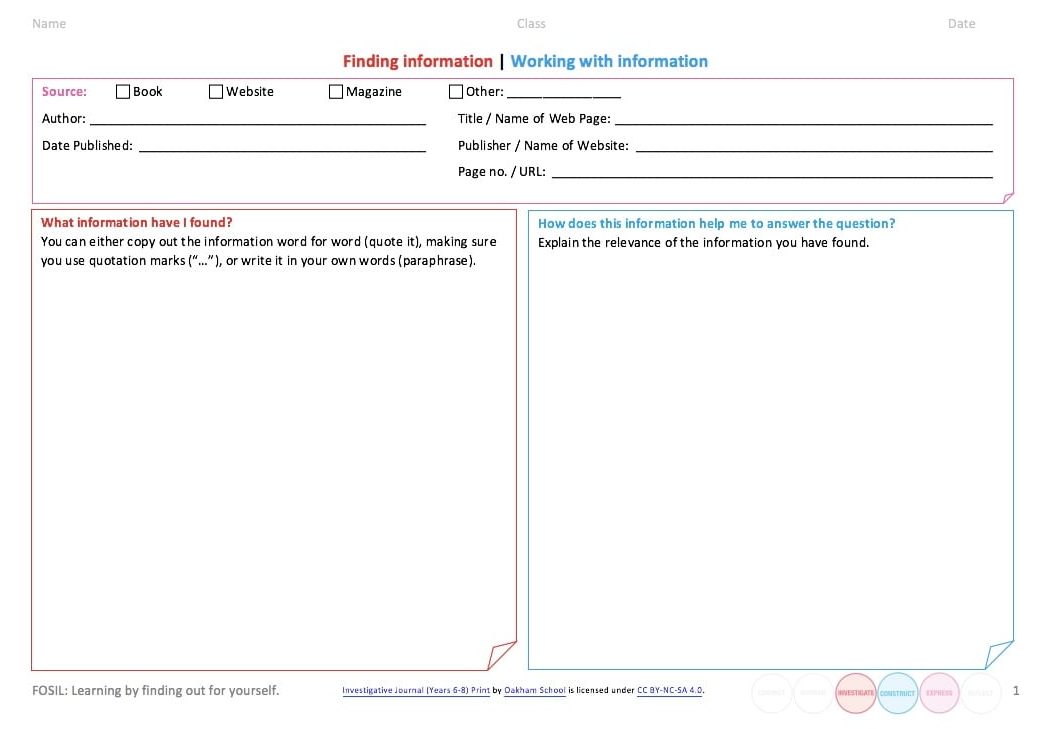Reply To: Using FOSIL outside a full inquiry
Home › Forums › The nature of inquiry and information literacy › Using FOSIL outside a full inquiry › Reply To: Using FOSIL outside a full inquiry
This goes back to the very start of the journey that led to FOSIL. While we can teach these and related skills in isolation, they do not exist in isolation and are part of a process, whether we recognize and acknowledge that or not. To use your example of creating a bibliography (which is actually a complex of skills).
Firstly, there is a technical dimension to this, which requires assembling references according to the conventions of a given style appropriate to the students’ level of skill. This is clear from the snapshot of the development of this priority skill below (click on image to enlarge), from a style provided by the teacher in Year 6, to a house style in Year 7, to a standard style in Year 10 (we make the shift to a standard style in Year 9 for practical reasons). This skill may further require the use of a computer and a desktop or online application (we use the desktop application of Word).

Secondly, and this becomes explicit in the shift to a standard style, the reference to a source only exists in the bibliography because that source is cited in the text, and this introduces an academic dimension to creating a bibliography, and necessarily involves us in a learning process (which could be a research process, or if broader, an inquiry process). In terms of FOSIL, we have moved from the Express stage of the learning process, and specifically Academic Integrity, to the Investigate stage (with a more or less thoughtful pause in the Construct stage along the way).
Practically, we may be limited in our single lesson to the mostly technical assembling of references into a bibliography, but it would not take long to do so against the backdrop of the FOSIL Inquiry Cycle, as much for the benefit of the students as for their teacher. This may seem pointless, but we must work what we have and work always to enlarge that, because we cannot know what doors this will open, with our students and/ or their teacher(s). A lesson on creating a bibliography against the backdrop of FOSIL may, with increased awareness, lead next time to a lesson on finding sources to cite and a lesson on creating a bibliography, and the introduction of something like the Investigative Journal below, which is a tool for finding information to think with, involves us in Construct. In time, and possibly quite some time, we may find ourselves collaboratively designing an inquiry, provided we don’t lose heart and give up (there were many times when I almost did).



